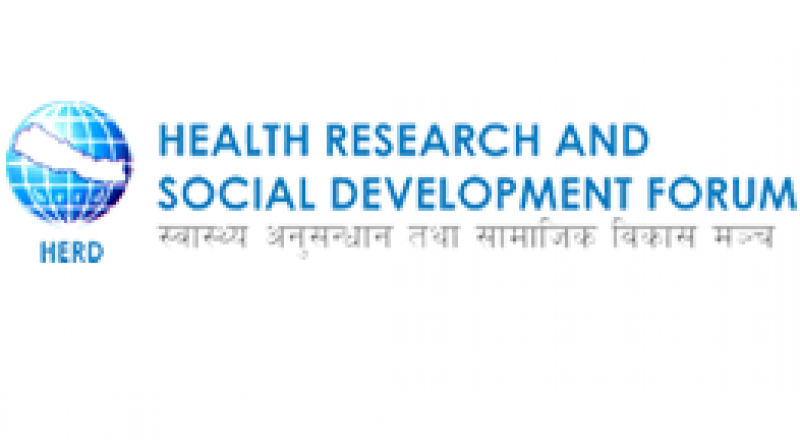Imagine a remote household in Humla district of mid-western Nepal. A family of 5 members including grandmother, parents (2) and children (3). Children’s father working abroad, toiling hard to sustain livelihood for his family. Mother busy rearing the kids – aged 4 years, 3 years and 2 months respectively. Life is tough in such conditions. The mother of three children is aged 30 but she looks like in her early 40s due to lack of proper birth spacing and under-nutrition (of herself and her kids). Her two kids (aged 4 and 3) are stunted.
This imagination is not merely an imagination by any stretch of imagination. This is the harsh reality of many remote households in Nepal where malnutrition is a common phenomenon. Numerous studies have been conducted identifying the causes for malnutrition and several interventions have been introduced. Despite valiant efforts from government and non-government sectors, problems still prevail.
It is high time we zoom out the problem of child stunting by looking into our households, our existing socio-cultural and economic context, how our lifestyle and other factors have led to this consequence.
Social Appetite for Non Exclusive Breastfeeding
Traditionally, remote households have the notion that for better growth of the child, apart from breastfeeding, other locally available products such as lito is required for the child for their quick and better growth as well as to maintain immunity to fight against diseases, thus preventing the maximum benefits of child’s better growth through exclusive breastfeeding.
The Chau Chau Effect: Assimilation of Modern Lifestyle
Courtesy modernization and the desire to assimilate the modern lifestyle, there is tendency to feed the recently delivered women as well as infants and young children with chau chau (noodles) soups and other packet products that do not serve the purpose of providing adequate nutrition both for mothers and children.
Food with Flies: Unhygienic Living Conditions
Food with flies is a normal and surprisingly ‘acceptable’ scene in many rural households. Lack of proper education and awareness about hygiene maintenance has resulted in spread of various epidemics/infectious diseases. Regular and serious occurrence of such infectious diseases has been one of the major determinants for child stunting cases in Nepal.
Persistent Poverty: Struggle for Survival
The rural households have a hard time as they are struggling for their survival. In such conditions the unavailability of good and regular sources of income has led to families being bound to rely upon whatever food items available locally to feed their infants/children. Quality of life becomes secondary when survival itself is a challenge.
Pluralistic and Patriarchal: Devalued Motherhood
Traditionally remote households in Nepal have stressed on ‘plurality’ or multiple child bearing given the notion that multiple children (boys) would result in multiple helping hands as income sources. The patriarchal setting of our society also promotes births of boys for taking the generation forward and performing religious rituals.
Furthermore, the tragic situation of deaths of many infants/children due to various illnesses and lack of care also compels families to produce more children with the hope that at least few will survive. This has resulted in limited child spacing and degrading health conditions of the mother with less access to nutritious food both for the mother and the child.
Furthermore, being the woman, mothers are also on moral pressure to continue their household chores despite being in pregnancy/recently delivered state who require adequate rest and nutritious food.
Village Vulnerability: Other Associated Challenges
Located in villages and remote settings, there are also other associated challenges such as lack of proper education and awareness about the importance and benefits of nutrition, poor quality of seeds and soil/environment conditions resulting in post-harvest losses, irregular supply for other essential items, lack of access to timely and quality health treatment, food and price market fluctuations, frequent disasters such as earthquake and other national calamities, political and social unrest, among others.
Zeroing In on Zooming Out Malnutrition Problems
The earlier examples show how malnutrition problems are prevalent in our remote households. Therefore, it is high time that we realize the importance of addressing problems where they persist – that is at the household level.
Our interventions therefore needs to reach the real beneficiaries in order to see a tangible change at a wider level up to the community, village, district, region and the nation and ultimately at the global level. So let’s think of ways of changing a situation of a household first. Then only the intended reform is possible.



Comments(0)
No comments found.